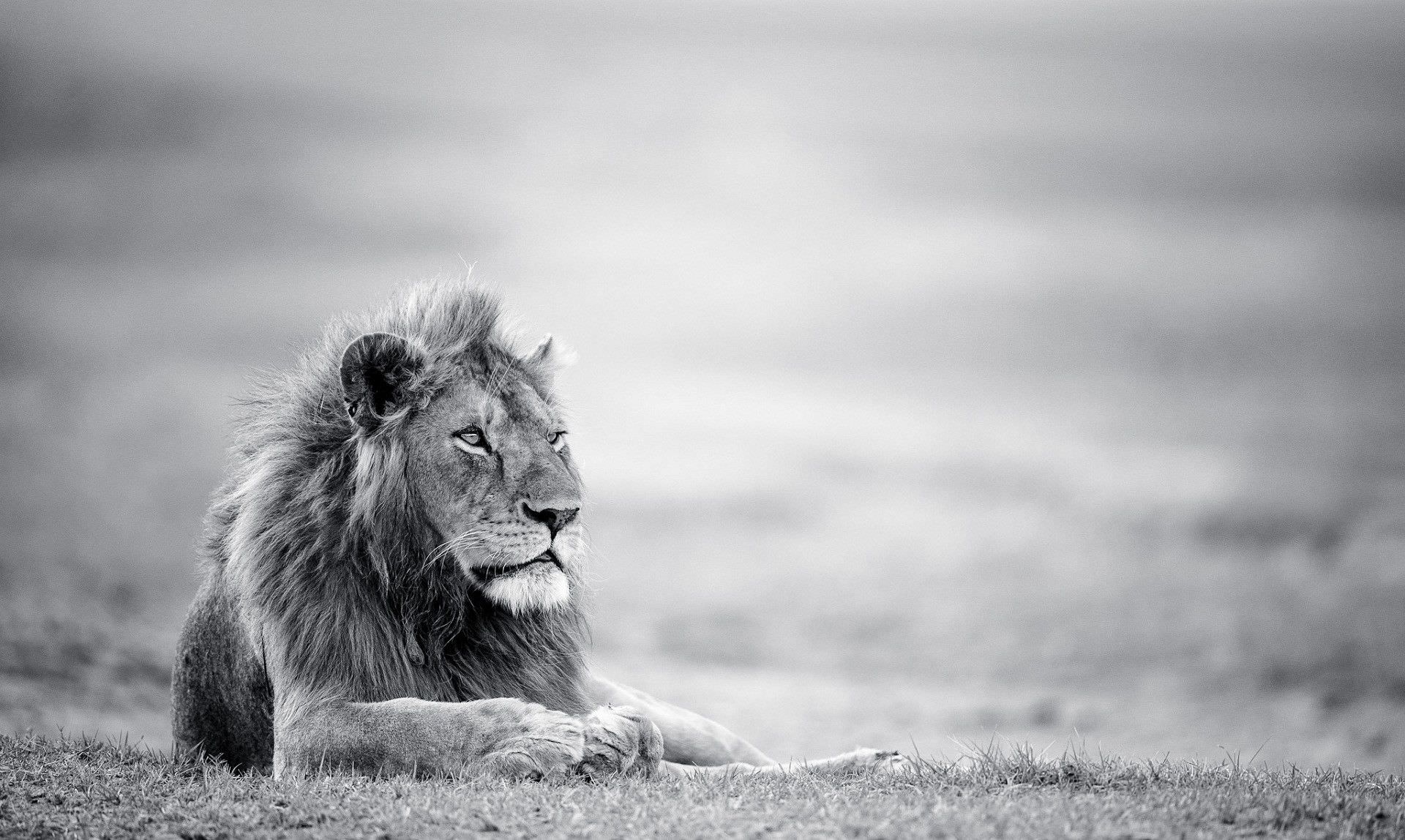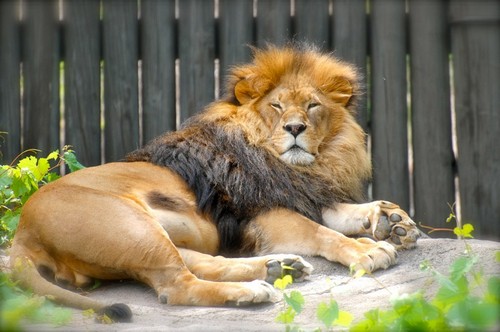

History īastet first appears in the third millennium BCE, where she is depicted as either a fierce lioness or a woman with the head of a lioness. The goddess was sometimes depicted holding a ceremonial sistrum in one hand and an aegis in the other-the aegis usually resembling a collar or gorget, embellished with a lioness head.īastet was also depicted as the goddess of protection against contagious diseases and evil spirits. Images of Bastet were often created from alabaster. īastet was also a goddess of pregnancy and childbirth, possibly because of the fertility of the domestic cat. In addition to her solar connections, sometimes she was called "eye of the moon". She has been depicted as fighting the evil snake named Apep, an enemy of Ra.

Along with other deities such as Hathor, Sekhmet, and Isis, Bastet was associated with the Eye of Ra. Īs protector of Lower Egypt, she was seen as defender of the king, and consequently of the sun god, Ra. She then was depicted as the daughter of Ra and Isis, and the consort of Ptah, with whom she had a son Maahes.
#FIERCE LIONESS SERIES#
Role in ancient Egypt Part of a series onīastet was originally a fierce lioness warrior goddess of the sun worshipped throughout most of ancient Egyptian history, but later she became the cat goddess that is familiar today. Allen instead derives the name as a nisba construction from a place name "Baset" ( bꜣst) with the meaning "she of bꜣst". This association would have come about much later than when the goddess was a protective lioness goddess, however, and is useful only in deciphering the origin of the term, alabaster. The name of the material known as alabaster might, through Greek, come from the name of the goddess. This ties in with the observation that her name was written with the hieroglyph for ointment jar ( bꜣs) and that she was associated with protective ointments, among other things. One recent suggestion by Stephen Quirke ( Ancient Egyptian Religion) explains Bastet as meaning, "She of the ointment jar". Names of ancient Egyptian deities often were represented as references to associations or with euphemisms, being cult secrets. What the name of the goddess means remains uncertain. īastet hieroglyph amulet of lapis lazuli, Metropolitan Museum of Art, New York. Eventually Bastet and Sekhmet were characterized as two aspects of the same goddess, with Sekhmet representing the powerful warrior and protector aspect and Bastet, who increasingly was depicted as a cat, representing a gentler aspect. In ancient Greek religion, she was known as Ailuros ( Koinē Greek: αἴλουρος "cat").īastet was worshipped in Bubastis in Lower Egypt, originally as a lioness goddess, a role shared by other deities such as Sekhmet. Her name also is rendered as B'sst, Baast, Ubaste, and Baset. Lioness, cat, ointment jar, sistrum, solar diskīastet or Bast ( Ancient Egyptian: bꜣstjt, Coptic: Ⲟⲩⲃⲁⲥⲧⲉ, romanized: Oubaste /ʔuːˈβastə/) was a goddess of ancient Egyptian religion, worshipped as early as the Second Dynasty (2890 BCE). Bastet in her late form of a cat-headed woman (rather than a lioness) holding an ankh and sistrum


 0 kommentar(er)
0 kommentar(er)
